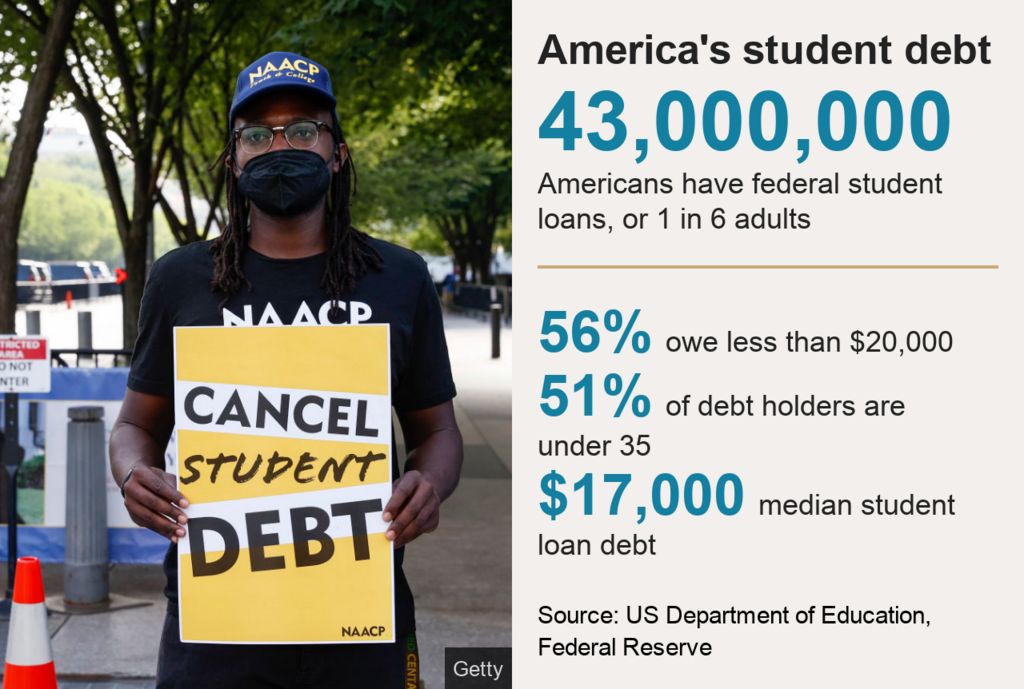
Many products and services are offered by credit card companies. It is possible to compare their products online. You can find websites that evaluate various products and group them according to their main functions. These sites can be used to search for student credit cards. They will also list their rates as well as benefits. These sites will help you to understand the pros and con of each credit card.
The interest charges charged by different card issuers vary greatly.
There may be different interest rates depending on which issuer you have. Some issuers have "teaser rates", which are zero percent in the first few months and up to 40 percent the rest of the calendar year. Individual states also determine interest rates. Individual states may have different interest rates, such as South Dakota which does not have any interest rate limits and Delaware which has weak usury legislation.
The interest rates charged on credit cards are different for different creditworthiness levels. Certain cards have higher rates for borrowers with less credit while others have lower rates for those who have better credit. The prime rate which banks charge to credit-worthy customers determines the interest rates that you pay.

Card issuers can vary in their interest rates
While the average interest rate on credit cards fluctuates widely, it is usually around 17% for the first half of 2019. According to the Federal Reserve and NerdWallet, interest rates on credit cards are based on consumer credit ratings. Lower interest rates are associated to higher credit scores. Better credit is associated with higher rates of repayment.
New regulations regarding credit card charges have caused some banks to increase interest rates while others increased fees. The Federal Reserve recommends that consumers compare the fees associated to credit cards and do some research on them.
Benefits of a credit card balance transfer
Balance transfers are a great way of improving your credit score. But, they can take time to show results. If you don't make your payments on time, you could end up with more debt or a higher debt-to-credit ratio. Balance transfers can also negatively impact your credit score and lead to an increase of your interest rate.
Balance transfers allow you to transfer your credit card balance to another card with lower interest rates. This can help reduce your monthly payment and enable you to pay down a greater percentage of your balance in a shorter time. Many balance transfer cards offer introductory periods at 0% APR. These rates can last from 12 to 21 months.

Interest charges on credit card loans
The interest you pay on credit cards loans depends on the amount borrowed as well the type or balance transfers made. The interest rate on your credit card may also differ based on your credit score and the credit card issuer. The APR is also known as the annual percentage rate. It measures interest expenses over a one-year period.
Interest expenses on credit cards are an ongoing expense that you must pay. This expense is typically calculated at an annual percentage (APR) and listed in the terms. The APR could fluctuate depending on federal rates. Credit CARD Act of2009 forbids issuers increasing rates without prior notice.